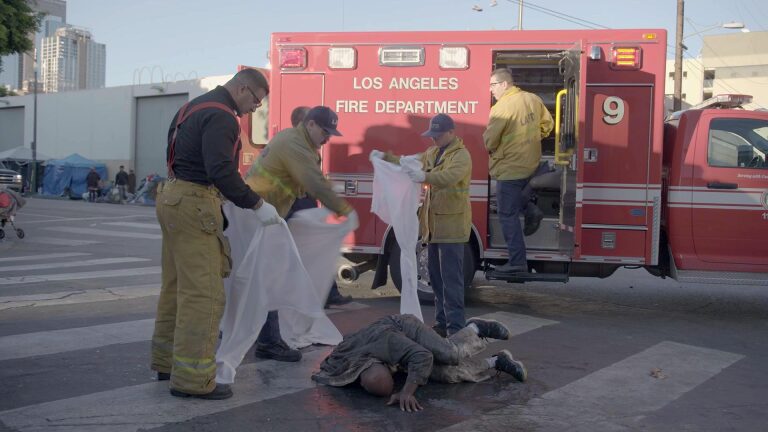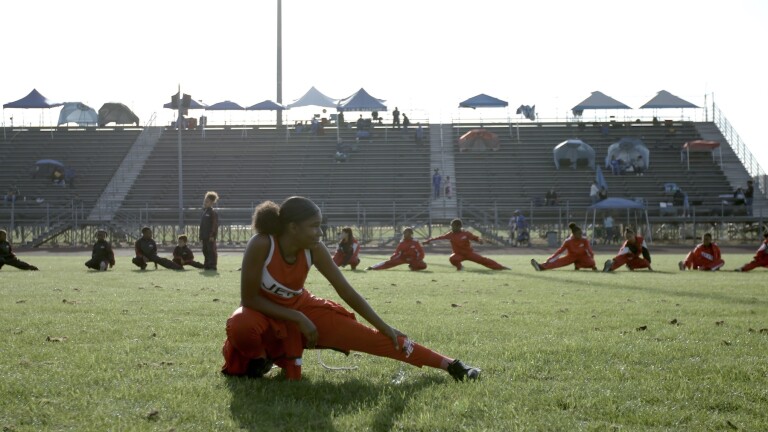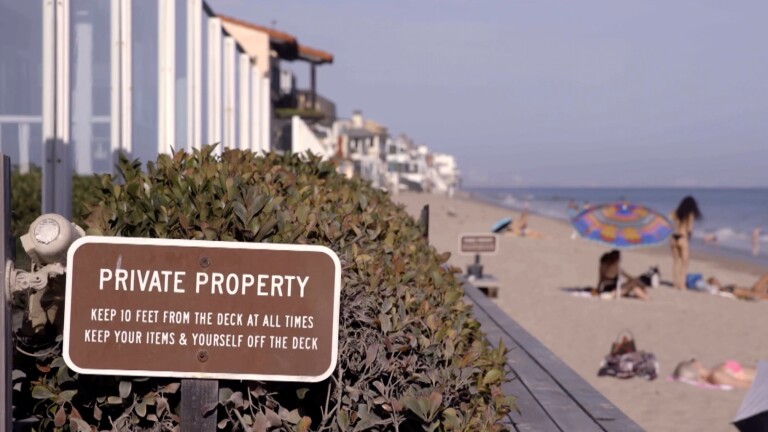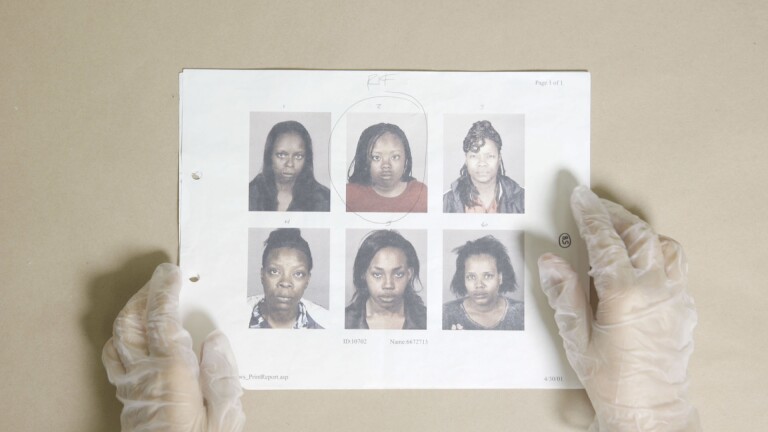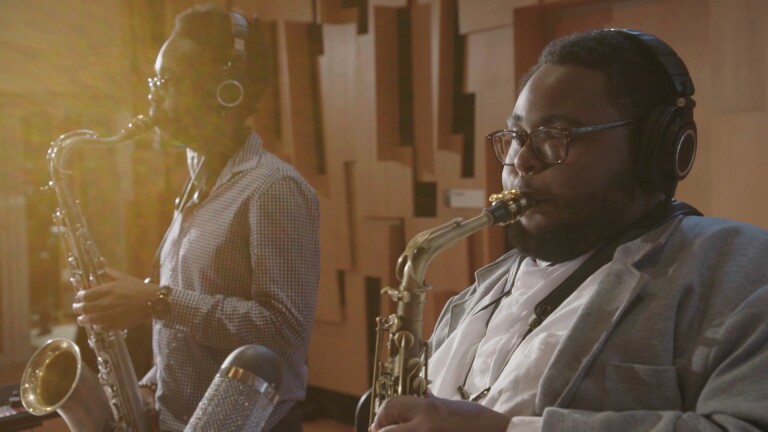
Critical Care
Downey Regional Medical Center is a stand-alone community facility, medium-sized, non-profit. What’s happening to Downey is typical of health care facilities throughout our region: ten years ago they were one of seven hospitals on what’s called “the 105 Freeway axis.” Today, that number is down to three. That means that more and more patients are streaming in their doors needing medical care; brought in by ambulance or walking in the ER. Correspondent Vince Gonzales reports that’s not the worst of it.
Since more and more people are without insurance, without a primary care physician, by the time they arrive at Downey they are sicker than ever; often suffering from multi-organ system failures.
Who’s going to pay for this? By law, Downey Medical has to take in everybody who shows up at their doorstep. After stabilizing patients, they used to be able to transfer many of the indigent cases to a Los Angeles County facility … but no longer. Even if a patient has insurance, if it’s Medi-Cal, those reimbursement rates are the worst in the nation.
Hospital CEO Rob Fuller estimates that he loses 1,000 dollars a night on each Medi-Cal patient … for a total of one million dollars a month.
Private insurance plans now have high deductibles,. In these harsh economic times many patients can’t or won’t pay. Their reimbursement rates go down, even as the hospital’s costs go up. Downey says that, just to stay alive, they have to play hardball figuring out who’s going to pay for what each and every time a patient is admitted.
It’s not like we don’t need Downey Medical Center. One recent study showed that the number of hospital beds per resident in Southern California is lower than in Louisiana after Katrina. That leads to Rob Fuller’s other big fear: As crowded and stretched to the limits as his hospital is, this current period has been relatively calm. What will happen if a flu pandemic hits? Or the next big earthquake?
This is what makes Downey Medical Center such an instructive case. It's neither a high-end facility like Cedars-Sinai and Ronald Reagan/UCLA, nor a low-income hospital like County/USC and St. Francis. Until very recently, they were able to keep their head above water (and even make a profit on some departments) … while scoring high marks from the hospital ratings agencies. Now they see themselves slipping downward, treating more and more uninsured and under-insured patients rates that might force them into bankruptcy … Emergency room ‘pass-through’ times mushrooming from an average of two to four hours … The next show to drop?: the disillusion and desertion of their paying patients (ie, those with good private insurance plans) to other, more ‘upscale’ hospitals. And one more step towards making health care a bifurcated system - divided between rich and poor, with little in-between.

